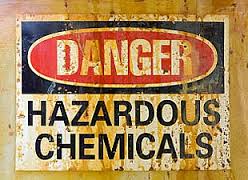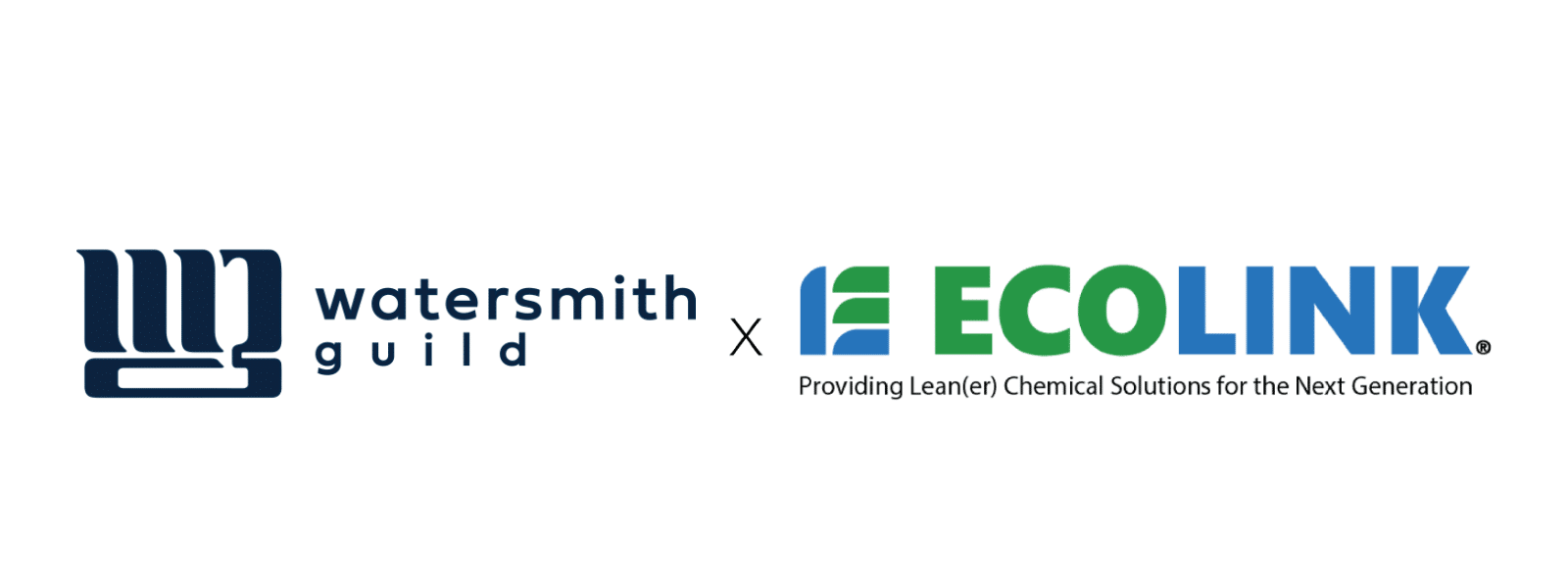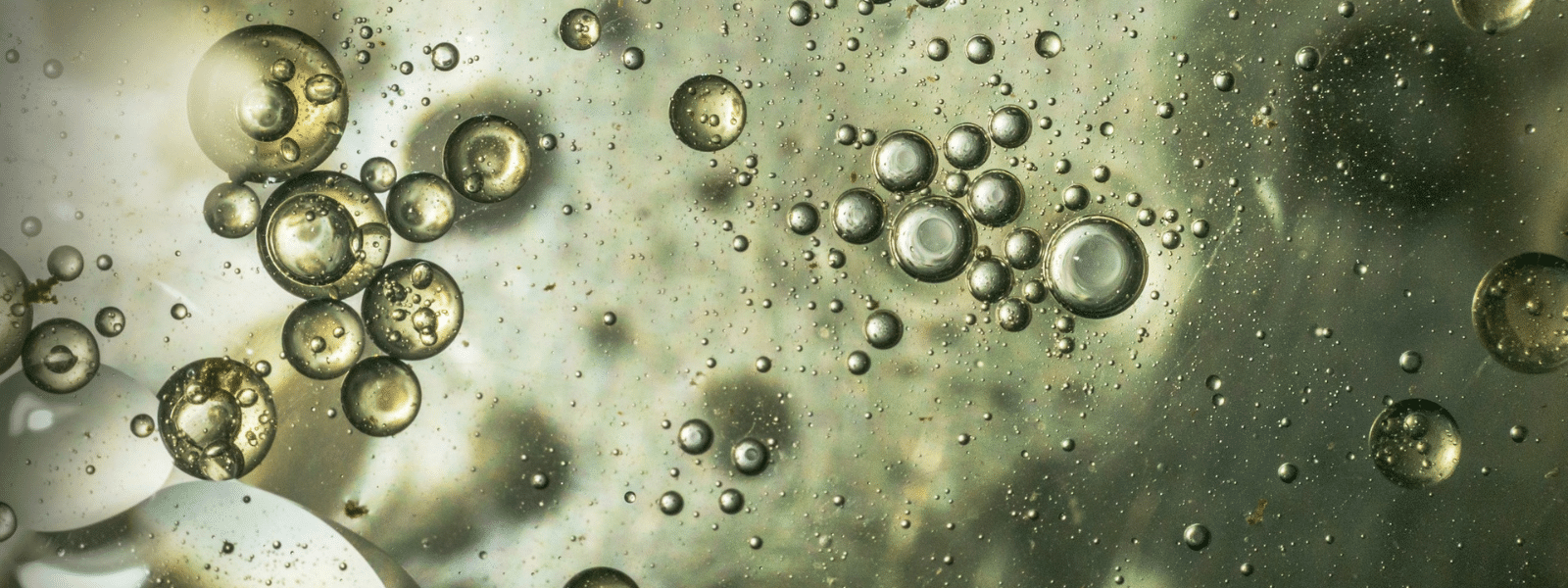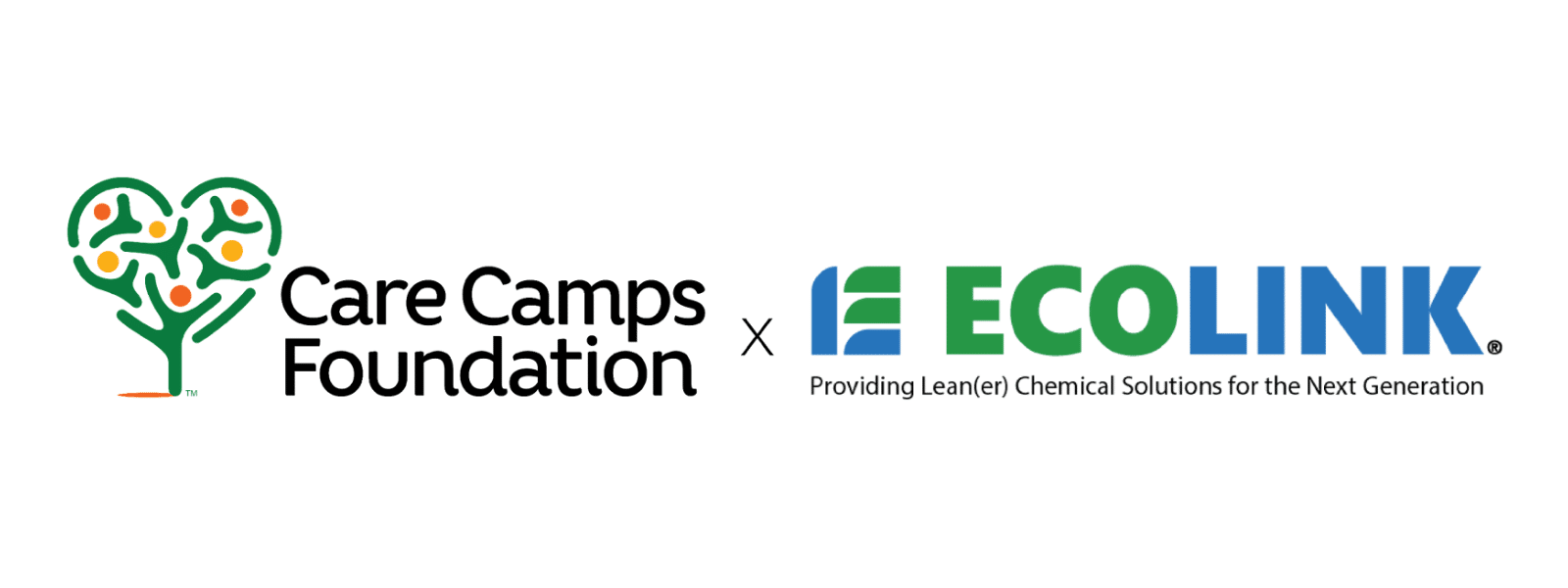1-Bromopropane (a.k.a n-propyl bromide) is a relatively colorless liquid that is commonly used as a solvent in commercial and industrial settings to remove aerosol-applied adhesives, clean textiles, perform aircraft maintenance, produce asphalt, make synthetic fibers, and clean optics, electronics, and metal. Industries in which the solvent is frequently used include the dry cleaning industry, the pavement industry, and the foam manufacturing industry, just to name a few.
1-Bromopropane as a Replacement Solvent
In recent years, many companies have used 1-Bromopropane as a replacement solvent that is less dangerous to human health and the environment that solvents it replaces. For example, the solution is known to be less ozone depleting than many traditional solvents, and it reputedly has a lower carcinogenic impact on humans and animals than many conventional solvents, as well.
However, scientific research has not given 1-Bromopropane a clean slate. Instead, the solution has been found to be carcinogenic to lab rats, and purportedly to humans who receive as much exposure to the solution as the rodents. Those that work in industries where the liquid is commonly used are thought to have the highest risk of reacting to the solution carcinogenically.
If your company is considering using 1-Bromopropane as a replacement solvent for a solution that is reportedly worse for humans and the environment, it should be aware of the facts above, and ideally choose an eco friendly solution that meets the requirements of 1-Bromopropane without entailing carcinogenic reactions like the ones that could result from high exposure to the liquid.
Evidence of the Dangers of Bromopropane
No human cancer studies have been conducted for 1-Bromopropane, but the solution has been found to cause prolific tumors in rodents. The tumors occur as a result of 1-Bromopropane induced biological changes that are known to precipitate cancer, such as DNA damage, immune system damage, antioxidant depletion, and the buildup of oxygen species that produce toxic reactions. These are some of the most scientifically well-established dangers of bromopropane.
Despite the absence of human studies on the cancerous effects of the solution, the impact of 1-Bromopropane on lab rats should be enough for companies to discontinue using the product and find a suitable replacement. At a time when liability lawsuits for workplace injuries happen every day, the potential dangers of Bromopropane are simply too great for companies to risk using the solution, to say nothing of the effect it could have on workers who are exposed to it.
Need a Replacement for 1-Bromopropane?
If so, let Ecolink recommend an eco friendly replacement for the solution that doesn’t contain carcinogens or other constituents that could cause the Environmental Protection Agency (EPA) to severely regulate the solution or ban it altogether. We sell many solutions, and can guarantee that you will receive the results from our products that we design them to offer.
The dangers of Bromopropane are real. For help identifying a safe, eco friendly replacement solution for 1-Bromopropane, call us today at (800) 563-1305, or fill out our contact form.















